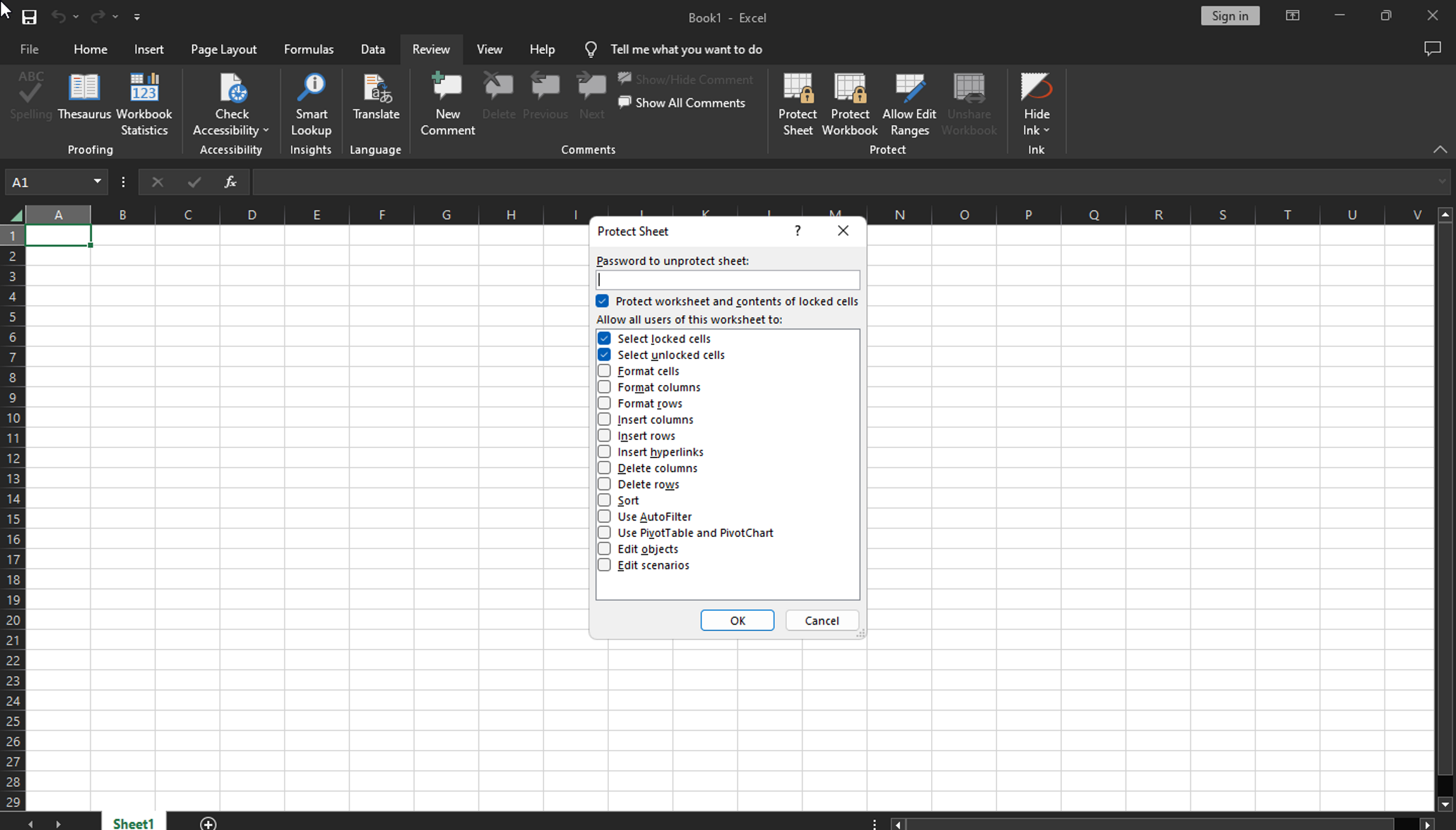Getting The Excel Links Not Working To Work
Wiki Article
The smart Trick of Excel Links Not Working That Nobody is Discussing
Table of ContentsAll about Excel Links Not WorkingThe Facts About Excel Links Not Working UncoveredHow Excel Links Not Working can Save You Time, Stress, and Money.The 30-Second Trick For Excel Links Not WorkingIndicators on Excel Links Not Working You Should Know

Nonetheless, selection estimation features like either can not take care of entire column references or determine all the cells in the column. User-defined features don't instantly identify the last-used row in the column as well as, as a result, frequently calculate entire column referrals inefficiently. It is simple to program user-defined features so that they acknowledge the last-used row.

Excel Links Not Working Can Be Fun For Everyone
Using the formula for a vibrant variety is usually more effective to the formula since has the negative aspect of being an unpredictable feature that will be determined at every recalculation. Efficiency decreases since the function inside the vibrant range formula need to examine numerous rows. You can decrease this efficiency decrease by saving the part of the formula in a different cell or defined name, and afterwards describing the cell or name in the dynamic variety: Counts!z1=COUNTA(Sheet1!$A:$A) Offset, Dynamic, Range=OFFSET(Sheet1!$A$ 1,0,0, Counts!$Z$ 1,1) Index, Dynamic, Range=Sheet1!$A$ 1: INDEX(Sheet1!$A:$A, Counts!$Z$ 1+ROW(Sheet1!$A$ 1) - 1,1) You can also utilize features such as to build dynamic varieties, however is unpredictable and also constantly computes single-threaded.
Using several vibrant varieties within a solitary column calls for special-purpose checking features. Making use of many vibrant varieties can lower efficiency. In Workplace 365 version 1809 and later, Excel's VLOOKUP, HLOOKUP, and also suit for precise suit on unsorted information is much faster than in the past when looking up numerous columns (or rows with HLOOKUP) from the same table array.
Luckily, there are many means of enhancing lookup estimation time - excel links not working. If you make use of the specific suit option, the calculation time for the feature is proportional to the number of cells scanned before a match is found. For lookups over big varieties, this time can be substantial. Lookup time using the approximate suit alternatives of,, and also on sorted data is rapid and is not dramatically raised by the length of the range you are searching for.
Excel Links Not Working for Dummies
Ensure that you recognize the match-type as well as range-lookup options in,, and also. The following code instance reveals the phrase structure for the feature. SUIT(lookup worth, lookup selection, matchtype) returns the largest match less than or equivalent to the lookup worth when the lookup selection is arranged rising (approximate match).The default choice is approximate suit sorted ascending. The complying with code instance reveals the phrase structure for the and features.
VLOOKUP(lookup worth, table range, col index num, range-lookup) HLOOKUP(lookup value, table variety, row index num, range-lookup) returns the largest suit much less than or equivalent to the lookup worth (approximate match). Table variety should be arranged ascending.
Excel Links Not Working Can Be Fun For Everyone
If your data is sorted, yet you want a review precise match, see Usage two lookups for arranged data with missing worths. Attempt utilizing the as well as operates rather of. Is slightly faster (approximately 5 percent faster), easier, as well as makes use of much less memory than a mix of and, or, the extra adaptability that and deal commonly enables you to substantially save time.
The function is quick as well as is a non-volatile function, which accelerates recalculation. The feature is likewise fast; nevertheless, it is an unpredictable function, and also it occasionally significantly raises the moment taken to refine the estimation chain. It's very easy to convert to as well as. The adhering to two declarations return the very same solution: VLOOKUP(A1, Data!$A$ 2:$F$ 1000,3, False) INDEX(Information!$A$ 2:$F$ 1000, SUIT(A1,$A$ 1:$A$ 1000,0),3) Because exact match lookups can be sluggish, take into consideration the complying with choices for boosting efficiency: Utilize one worksheet.
When you can, the data initially (is quick), and make use of approximate match. When you must make use of a precise useful content match lookup, restrict the range of cells to be checked to a minimum. Usage tables and also structured references or vibrant variety names instead than describing a lot of rows or columns.
The Greatest Guide To Excel Links Not Working
2 approximate suits are significantly faster than one specific match for a lookup over greater than a few rows. (The breakeven factor is about 10-20 rows.) If you can arrange your data yet still can not utilize approximate match because you can not make sure that the value you are searching for exists in the lookup array, you can utilize this formula: IF(VLOOKUP(lookup_val, lookup_array,1, True)=lookup_val, _ VLOOKUP(lookup_val, lookup_array, column, True), "notexist") The very first component of the formula functions by doing This Site an approximate lookup on the lookup column itself.VLOOKUP(lookup_val, lookup_array, column, True) If the response from the lookup column did not match the lookup worth, you have a missing worth, and also the formula returns "notexist". Understand that if you search for a value smaller sized than the smallest worth in the list, you receive an error. You can handle this mistake by utilizing, or by adding a tiny examination worth to the listing.
Starting with Excel 2007, you can utilize the feature, which is both straightforward as well as rapid. IF IFERROR(VLOOKUP(lookupval, table, 2 FALSE),0) In earlier versions, an easy yet sluggish method is to make use of a function which contains 2 lookups. IF(ISNA(VLOOKUP(lookupval, table,2, FALSE)),0, _ VLOOKUP(lookupval, table,2, FALSE)) You can avoid the double exact lookup if you utilize precise when, keep the lead to a cell, and after that evaluate the result before doing an.
Report this wiki page